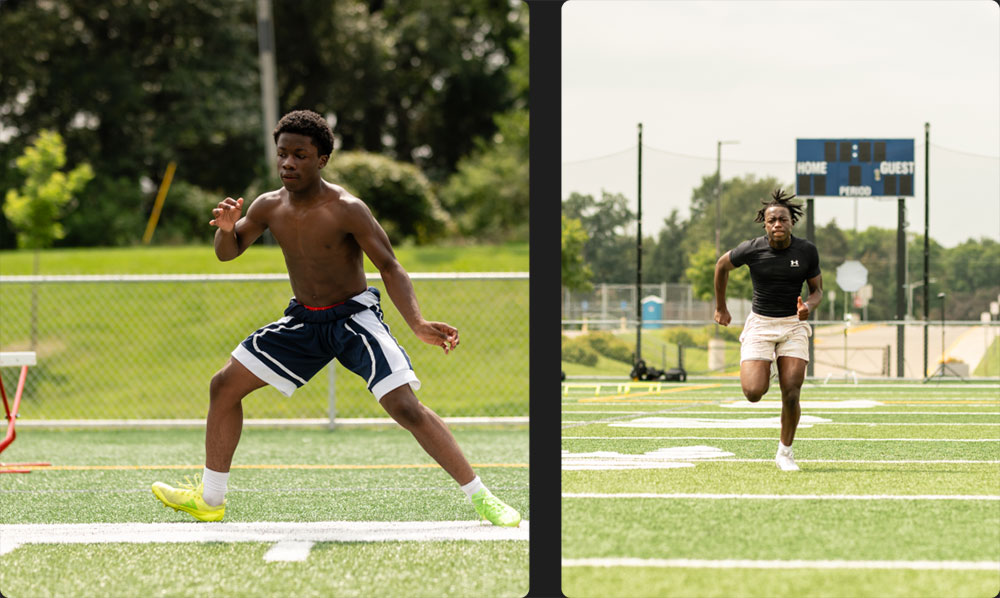Isometric
Isometric, Concentric, and
Eccentric Training what is it?

Isometric Training
Isometric exercises involve holding a position under tension. This type of training strengthens muscles at specific joint angles and is crucial for stabilizing muscles.
Beginner
Basic holds such as planks, wall sits, and static lunges.
Intermediate
More challenging positions or adding movements within the holds to increase difficulty, like plank variations with limb movements.
Advanced
Compound isometric exercises that integrate dynamic movements or external resistance, improving muscular endurance and strength.

Eccentric Training
Eccentric training involves the controlled lengthening of the muscle under load. It’s effective for building muscle mass, strength, and improving muscular control.
Beginner
Slow and controlled lowering phases in basic exercises like squats and push-ups.
Intermediate
Introducing moderate weights with a focus on the lowering phase to increase tension, such as slow descent pull-ups and leg presses.
Advanced
High-intensity eccentric loading, such as drop sets, negatives, and eccentric-only lifts, which are crucial for advanced strength gains.
Each of these methods plays a crucial role in developing various athletic qualities. They are integrated into training programs in a progressive manner to ensure that athletes build a comprehensive base of strength, power, and agility before moving on to more intense and specialized forms. The gradual progression from beginner through intermediate to advanced stages ensures continuous development and minimizes the risk of injury. This structured approach allows athletes to achieve peak performance in their specific sports.

